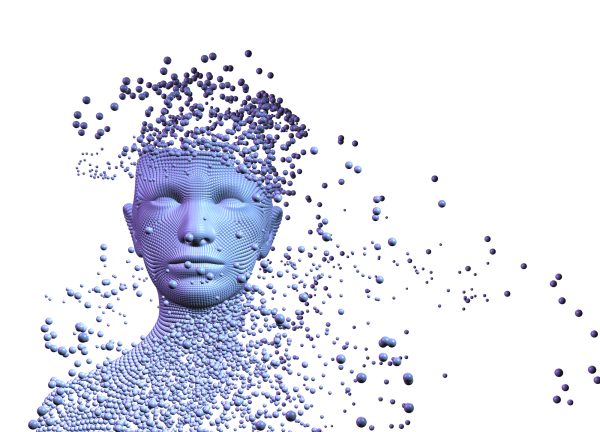China’s new regulations on deepfakes are the most comprehensive in the world. Will they provide a model for the rest of Asia to follow?
On January 10, after a year-long public comment period, the Cyberspace Administration of China (CAC) rolled out new legislation to regulate providers of deepfake content. While certain Western state and national governments have already introduced some legislation in this space, the new Chinese legislation is far more comprehensive and is described as a mechanism to preserve social stability. It specifically prohibits the production of deepfakes without user consent and requires specific identification that the content had been generated using artificial intelligence (AI).
Will this legislation be effective, and should other Asian countries follow suit?
What Are Deepfakes?
A deepfake is a piece of modified content created using deep learning, a form of AI called Generative AI. There are a variety of deepfake techniques, but the most commonly seen example is the deepfake video in which the face of a person in the video is swapped with another person’s face. These videos are made with AI algorithms called encoders to make realistic looking but fake content.
Several factors have fostered the development and uptake of deepfakes globally. The necessary technology – specifically, the AI algorithms and models, datasets, and computing power needed to create deepfakes – is readily available today.
Continue Reading on The Diplomat
This preview shows approximately 15% of the article. Read the full story on the publisher's website to support quality journalism.
